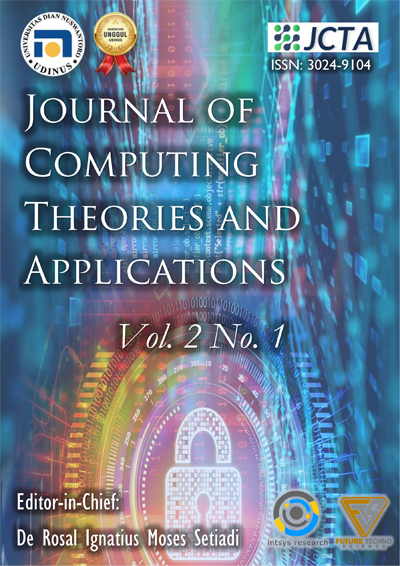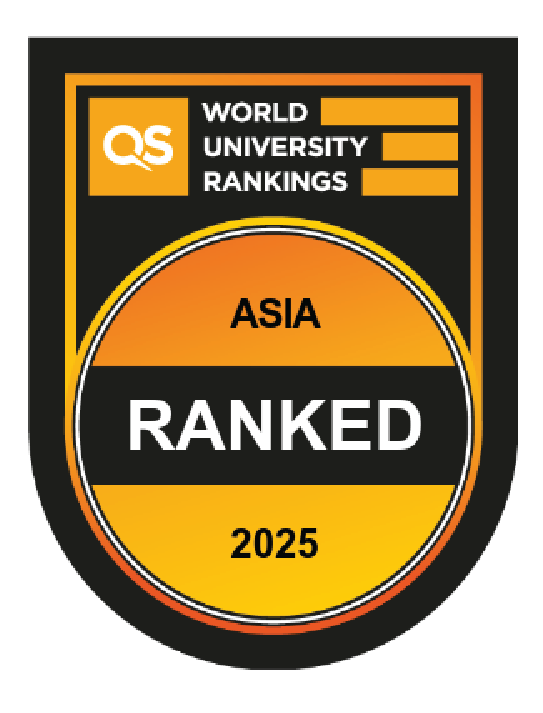An Intelligent Telediagnosis of Acute Lymphoblastic Leukemia using Histopathological Deep Learning
DOI:
https://doi.org/10.62411/jcta.10358Keywords:
Acute Lymphoblastic Leukemia, Deep Learning, Image Processing, Healthcare, Telediagnosis.Abstract
Leukemia, a global health challenge characterized by malignant blood cell proliferation, demands innovative diagnostic techniques due to its increasing incidence. Among leukemia types, Acute Lymphoblastic Leukemia (ALL) emerges as a particularly aggressive form affecting diverse age groups. This study proposes an advanced mechanized system utilizing Deep Neural Networks for detecting ALL blast cells in microscopic blood smear images. Achieving a remarkable accuracy of 97% using MobileNetV2, our system demonstrates high sensitivity and specificity in identifying multiple ALL sub-types. Furthermore, we introduce cutting-edge telediagnosis software facilitating real-time support for clinicians in promptly and accurately diagnosing various ALL subtypes from microscopic blood smear images. This research aims to enhance leukemia diagnosis efficiency, which is crucial for the timely intervention and managing this life-threatening condition.References
F. Al-Hafiz, S. Al-Megren, and H. Kurdi, “Red blood cell segmentation by thresholding and Canny detector,” Procedia Comput. Sci., vol. 141, pp. 327–334, 2018, doi: 10.1016/j.procs.2018.10.193.
I. Rahadi, M. Choodoung, and A. Choodoung, “Red blood cells and white blood cells detection by image processing,” J. Phys. Conf. Ser., vol. 1539, no. 1, p. 012025, May 2020, doi: 10.1088/1742-6596/1539/1/012025.
R. Khandekar, P. Shastry, S. Jaishankar, O. Faust, and N. Sampathila, “Automated blast cell detection for Acute Lymphoblastic Leukemia diagnosis,” Biomed. Signal Process. Control, vol. 68, p. 102690, Jul. 2021, doi: 10.1016/j.bspc.2021.102690.
B. J. Bain, “Diagnosis from the Blood Smear,” N. Engl. J. Med., vol. 353, no. 5, pp. 498–507, Aug. 2005, doi: 10.1056/NEJMra043442.
S. Ramaneswaran, K. Srinivasan, P. M. D. R. Vincent, and C.-Y. Chang, “Hybrid Inception v3 XGBoost Model for Acute Lymphoblastic Leukemia Classification,” Comput. Math. Methods Med., vol. 2021, pp. 1–10, Jul. 2021, doi: 10.1155/2021/2577375.
I. Abunadi and E. M. Senan, “Multi-Method Diagnosis of Blood Microscopic Sample for Early Detection of Acute Lymphoblastic Leukemia Based on Deep Learning and Hybrid Techniques,” Sensors, vol. 22, no. 4, p. 1629, Feb. 2022, doi: 10.3390/s22041629.
S. Hosseini et al., “Menstrual blood contains immune cells with inflammatory and anti?inflammatory properties,” J. Obstet. Gynaecol. Res., vol. 41, no. 11, pp. 1803–1812, Nov. 2015, doi: 10.1111/jog.12801.
S. Tahura and M. Hussain, “Treatment Refusal and Abandonment in PediatricPatients with Acute Lymphoblastic Leukemia inBangladesh,” Int. J. Sci. Res. (IJ, vol. 6, no. 8, pp. 643–645, 2017, doi: 10.21275/3071703.
L. Bigorra, A. Merino, S. Alférez, and J. Rodellar, “Feature Analysis and Automatic Identification of Leukemic Lineage Blast Cells and Reactive Lymphoid Cells from Peripheral Blood Cell Images,” J. Clin. Lab. Anal., vol. 31, no. 2, p. e22024, Mar. 2017, doi: 10.1002/jcla.22024.
P. E. J. van der Meijden and J. W. M. Heemskerk, “Platelet biology and functions: new concepts and clinical perspectives,” Nat. Rev. Cardiol., vol. 16, no. 3, pp. 166–179, Mar. 2019, doi: 10.1038/s41569-018-0110-0.
J.-N. Eckardt et al., “Deep learning detects acute myeloid leukemia and predicts NPM1 mutation status from bone marrow smears,” Leukemia, vol. 36, no. 1, pp. 111–118, Jan. 2022, doi: 10.1038/s41375-021-01408-w.
T. A. M. Elhassan, M. S. M. Rahim, T. T. Swee, S. Z. M. Hashim, and M. Aljurf, “Feature Extraction of White Blood Cells Using CMYK-Moment Localization and Deep Learning in Acute Myeloid Leukemia Blood Smear Microscopic Images,” IEEE Access, vol. 10, pp. 16577–16591, 2022, doi: 10.1109/ACCESS.2022.3149637.
M. Zhou et al., “Development and Evaluation of a Leukemia Diagnosis System Using Deep Learning in Real Clinical Scenarios,” Front. Pediatr., vol. 9, Jun. 2021, doi: 10.3389/fped.2021.693676.
J. Liu et al., “A deep learning method and device for bone marrow imaging cell detection,” Ann. Transl. Med., vol. 10, no. 4, pp. 208–208, Feb. 2022, doi: 10.21037/atm-22-486.
C. Mondal et al., “Ensemble of Convolutional Neural Networks to diagnose Acute Lymphoblastic Leukemia from microscopic images,” Informatics Med. Unlocked, vol. 27, p. 100794, 2021, doi: 10.1016/j.imu.2021.100794.
J. Hossain, M. T. Islam, and M. T. H. K. Tusar, “Streamlining Brain Tumor Classification with Custom Transfer Learning in MRI Images,” in 2023 IEEE International Conference on Smart Information Systems and Technologies (SIST), May 2023, pp. 522–526. doi: 10.1109/SIST58284.2023.10223507.
M. T. Haque Khan Tusar, M. T. Islam, and F. I. Raju, “Detecting Chronic Kidney Disease(CKD) at the Initial Stage: A Novel Hybrid Feature-selection Method and Robust Data Preparation Pipeline for Different ML Techniques,” in 2022 5th International Conference on Computing and Informatics (ICCI), Mar. 2022, pp. 400–407. doi: 10.1109/ICCI54321.2022.9756094.
M. Aria, M. Ghaderzadeh, D. Bashash, H. Abolghasemi, F. Asadi, and A. Hosseini, “Acute Lymphoblastic Leukemia (ALL) image dataset.” Kaggle, 2021. doi: 10.34740/kaggle/dsv/2175623.
M. Ghaderzadeh, M. Aria, A. Hosseini, F. Asadi, D. Bashash, and H. Abolghasemi, “A fast and efficient CNN model for B?ALL diagnosis and its subtypes classification using peripheral blood smear images,” Int. J. Intell. Syst., vol. 37, no. 8, pp. 5113–5133, Aug. 2022, doi: 10.1002/int.22753.
M. O. Aftab, M. Javed Awan, S. Khalid, R. Javed, and H. Shabir, “Executing Spark BigDL for Leukemia Detection from Microscopic Images using Transfer Learning,” in 2021 1st International Conference on Artificial Intelligence and Data Analytics (CAIDA), Apr. 2021, pp. 216–220. doi: 10.1109/CAIDA51941.2021.9425264.
B. S, A. A, K. Datchanamoorthy, H. M, A. A. S, and Kavya Varshini M, “Acute Lymphoblastic Leukemia Detection Using Sequential, Lenet and Vggnet Models,” Pakistan Hear. J., vol. 56, no. 1, 2023, [Online]. Available: https://www.pkheartjournal.com/index.php/journal/article/view/1195
Downloads
Published
How to Cite
Issue
Section
License
Copyright (c) 2024 Md. Taufiqul Haque Khan Tusar

This work is licensed under a Creative Commons Attribution 4.0 International License.















